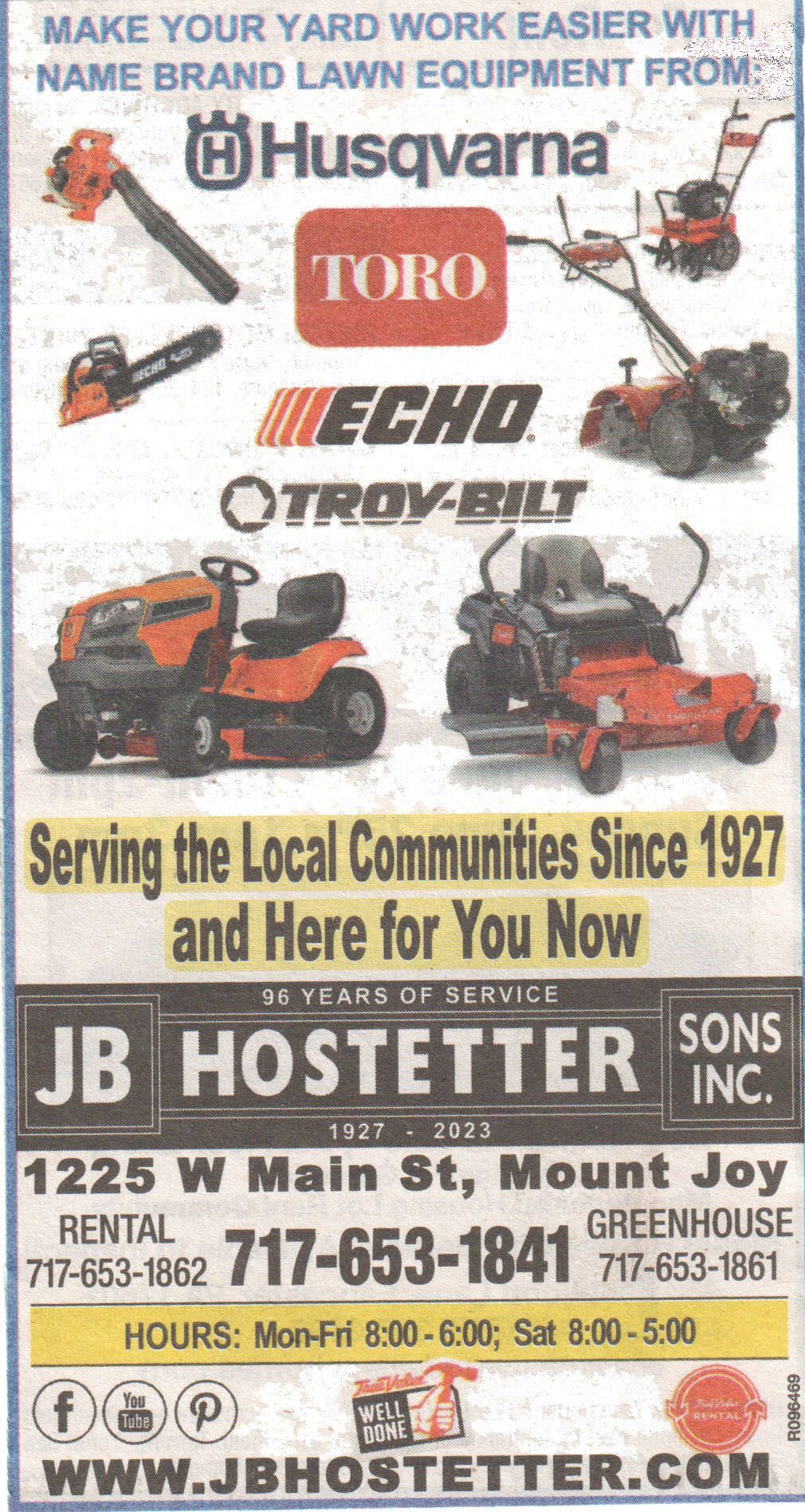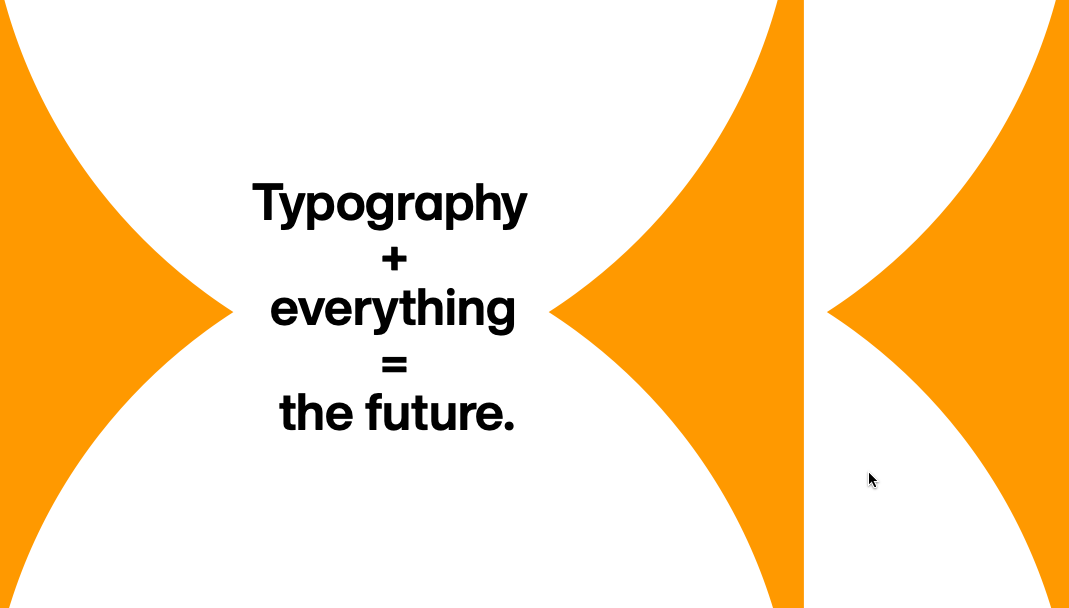Decluttering A Layout
How do you go about decluttering or revamping a busy image? The image below was a local ad for a hardware store emphasizing lawn work equipment. The type should be easy to read and the graphics and fonts used should enhance the theme of the ad. I find the original ad "clunky" and hard to decipher what is really important. Is it the hardware store? Is it the lawn equipment? Is it the emphasis on servicing the local communities for quite some time?
One major problem is using fonts that are sized incorrectly for the ad to stand out to the viewer. The remade ad uses a family of fonts, namely Avenir Next Condensed in various styles. Using the same font clarifies and highlights rather than obscures the message of the flyer. While the revamped flyer is limited to one major font style, you can generally use as many as three fonts in a publication to keep it from being cluttered. Because of the variety of font styles in the Avenir Next family, we can have both display fonts and text fonts from the same basic font family.
About those graphics. The graphics chosen to illustrate lawn equipment are scattered, not sharp and stand in contention with the companies advertised — Toro, Echo, Husqvarna and Troy-Bilt. Are we supposed to focus on the companies or the products of these companies? That is unclear. The Hostetter logo is indeed central to the ad, but the hours of operation are not emphasized. I suppose the yellow marker used is suppose to highlight those times as well as long standing service to the community.
The point in a display ad such as this one is to increase readability and invite the reader to investigate what is being offered. The revamped ad does this in a clean and clear way.


Successful Layout & Design



